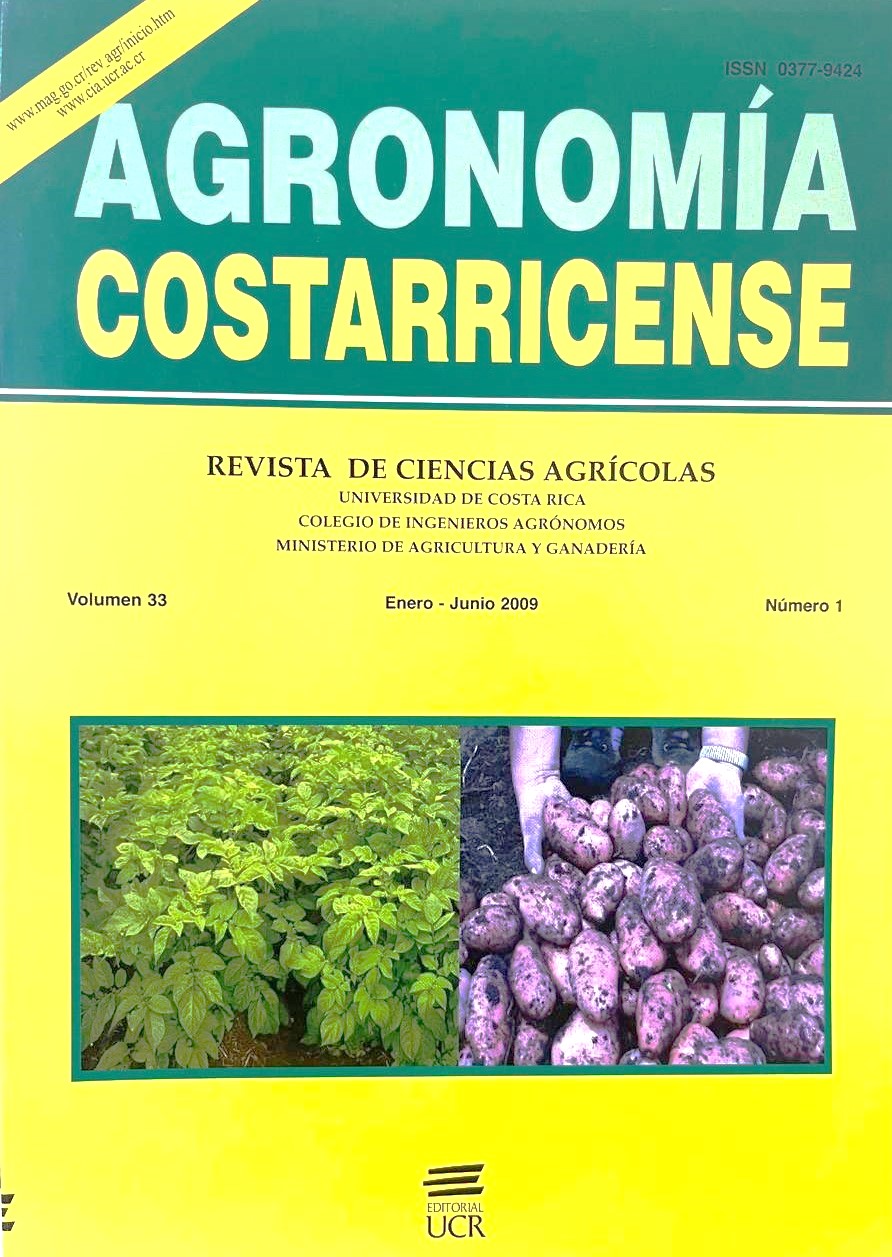Abstract
Two corn and mung bean intercropping densities (70:30 and 60:40), 3 molasses levels (0.2 and 4%) and bacterial inoculum (with or without) were used to determined the nutritive value of silage made out of corn and mung beans mixtures. The mixture crop was harvested at 85 days and ensiled in plastic bag microsiles. Dry matter content (DM), crude protein (CP), ether extract (EE), in vitro dry matter digestibility (IVDMD), ash, neutral detergent fiber (NDF), acid detergent fiber (ADF), buffer capacity (BC), pH, ammonia nitrogen (N-NH3.N-total-1) and lignin were determined before and after silage. The CP fractions and the energy content were determined only in the best treatment. Moisture content, IVDMD and ash were high; CP and EE value were acceptable, but NDF and ADF were low in the fresh mixture. Dry matter, ash, CP, EE, NDF, ADF, lignin, N-NH3.N-total-1 content, BC and pH value in the silage material were affected by intercropping density. The silage nutritional composition and the fermentative characteristics were influenced by molasses, but the pH value was not. Crude protein, BC and pH were modified by bacterial inoculum. Silage made out of intercropping density of 70:30 plus 2% molasses, with no bacterial inoculum, presented the highest CP, IVDMD, the lowest NDF, ADF and low N-NH3 contents and a pH lower than 4.2. In this silage, the TDN (1X) and DE, ME, NEM, NEG, NEL were 63.9%, 2.8, 2.3, 1.4, 0.8 and 1.4 Mcal.kg-1 DM, respectively. Crude protein was separated into A, B1, B2, B3 and C fractions, and showed values of 2.3, 0.2, 2.6, 2.4 and 1.9% CP, respectively. Rumen degradable protein percentage was 24.4% of the CP, which could limits microbial protein synthesis.
##plugins.facebook.comentarios##

This work is licensed under a Creative Commons Attribution-NonCommercial-NoDerivatives 4.0 International License.
Copyright (c) 2016 Agronomía Costarricense


